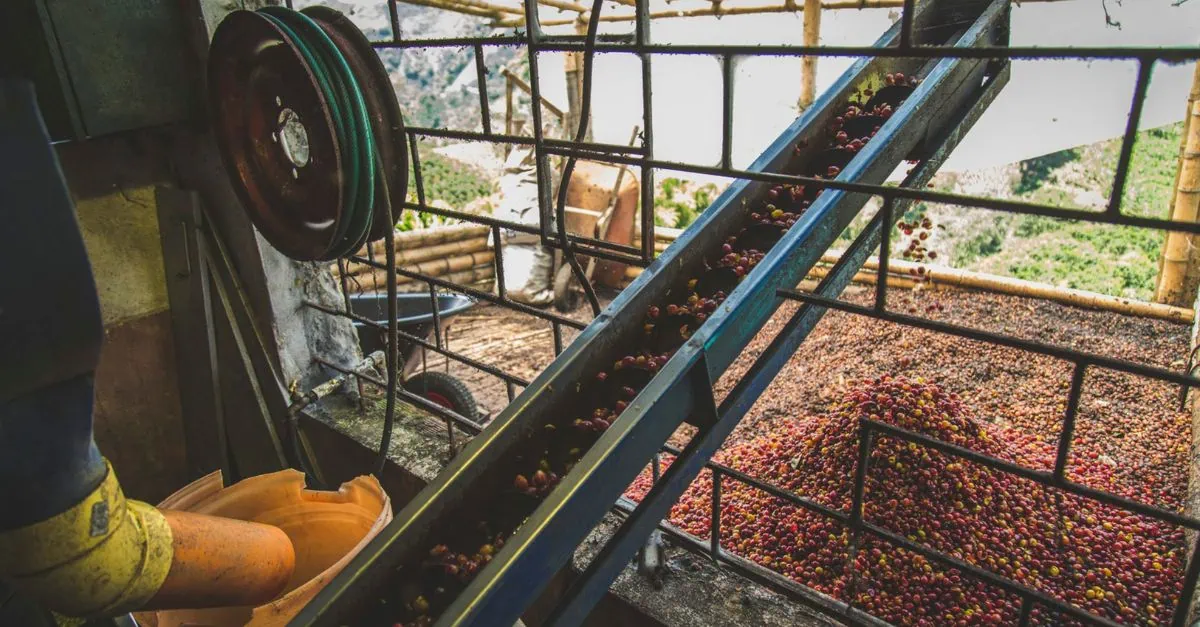Coffee futures experienced a dramatic rally last week, with the most active December contract rallying 32.40 cents from Monday to Monday to close at 314.05 US cents per pound. The primary driver behind this significant price movement has been the newly imposed 50% tariff on all Brazilian imports entering the United States.
Brazilian farmers hold strong position
Brazilian coffee producers, who control the vast majority of their 2025/26 crop that is now completing harvest, find themselves in an advantageous position. These farmers are extremely well capitalized and show no urgency to sell their holdings at current price levels.
The tariff implementation has caught many US-based roasters off guard. Despite the policy announcements, many industry players had not fully believed the tariffs would remain in place. Now these roasters face a stark choice: accept a 50% increase in Brazilian coffee prices or gradually restructure their coffee blends away from their largest origin market.
Market dynamics favor producers
The current market structure appears heavily tilted against roasters, who are being forced to absorb significant price pressure. Brazilian producers understand they can wait for roasters to meet their price expectations, creating an asymmetric negotiation environment.
Speculative funds have taken notice of these dynamics and are increasing their investments in luxury commodities that demonstrate inelastic demand characteristics relative to price changes.
EUDR adds additional pressure
The full implementation of the European Union Deforestation Regulation (EUDR) on December 31st creates another layer of market complexity. European roasters may over-accumulate spot inventory before year-end to avoid potential compliance issues with EUDR contracts.
These concurrent pressures are converging simultaneously, with the primary relief mechanism being increased inventories entering ICE Certified stock status to help alleviate perceived demand pressures.
Weather concerns remain limited
On August 11th, Brazil experienced a cold weather event that initially raised market concerns. However, damage reports indicate very limited impact, confined to a single municipality in the Cerrado region.
Assessment of the weather event suggests the damage is superficial, primarily affecting defoliation on high-risk farms where coffee was planted in valley bottoms. This weather-related impact appears minimal compared to the tariff-driven market pressures.
Technical outlook points higher
With technical indicators suggesting a breakout pattern in coffee futures and underlying fundamental pressures remaining intact, market expectations point to coffee prices settling around 325 US cents per pound by the end of this week.
Until excess inventories can adequately address perceived demand pressures through ICE certification, coffee futures prices remain subject to speculative influences, with cold weather concerns providing additional upward momentum rather than relief.
For more insights on the coffee market, visit: https://app.vespertool.com/dashboard/
